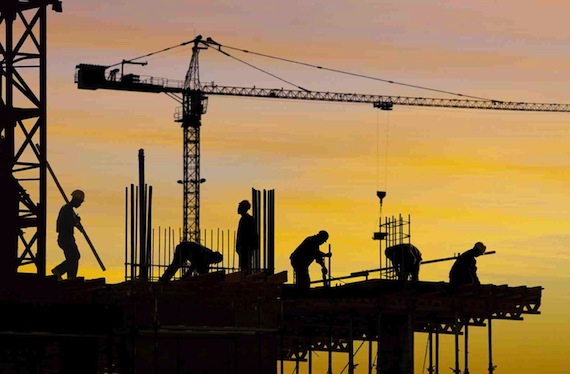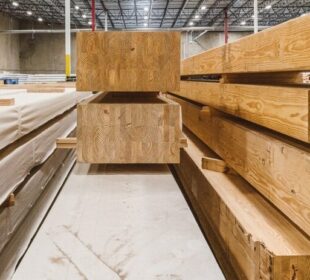Replacing cement and steel in urban construction by wood could avoid greenhouse gas emissions from cement and steel production and turn buildings into a carbon sink, the Potsdam Institute for Climate Impact Research in Germany (PIK) announced on Monday.
Depending on the scenario, between 10 million tons and close to 700 million tons of carbon could be saved every year, according to a PIK study.
Although global carbon emissions amounted to around 11,000 million tons every year, PIK noted that a "shift to timber would make quite a difference for achieving the climate stabilization targets of the Paris agreement."
For the study, the scientists assumed a "business as usual" scenario with just 0.5 percent of new buildings constructed with timber by 2050 and analyzed the effects if this number was brought up by up to 50 percent.
If countries with current low industrialization levels also made the transition to a wood-based construction sector, even a 90 percent timber share was conceivable, according to the study.
However, while the required amount of timber harvest was available, such an upscaling would clearly need most careful, sustainable forest management and governance, according to the study.
"Urbanization and population growth will create a vast demand for the construction of new housing and commercial buildings," said lead author and PIK scientist Galina Churkina.
According to PIK, a five-story residential building structured in laminated timber could store up to 180 kilos of carbon per square meter -- three times more than natural forests with a high carbon density could do above ground.
Still, even if 90 percent of new buildings would be timber constructions, the carbon accumulated in such wooden cities over thirty years would only sum up to less than one tenth of the overall amount of carbon stored aboveground in forests worldwide.
"Protecting forests from unsustainable logging and a wide range of other threats is thus key if timber use was to be substantially increased," said co-author Christopher Reyer from PIK.
To cover demand, "additional plantations" would be needed, including the cultivation of fast-growing bamboo by small-scale landowners in tropical and subtropical regions, said Reyer.
















